
Grafana vs Kibana Top Key Differences of Grafana vs Kibana
8 min read · DevOps Grafana and Kibana are two heavy contenders among data visualization tools. Grafana excels in real-time monitoring and intuitive dashboard creation, and Kibana works well with its deep integration with Elasticsearch. However, choosing between one of them can be a task.
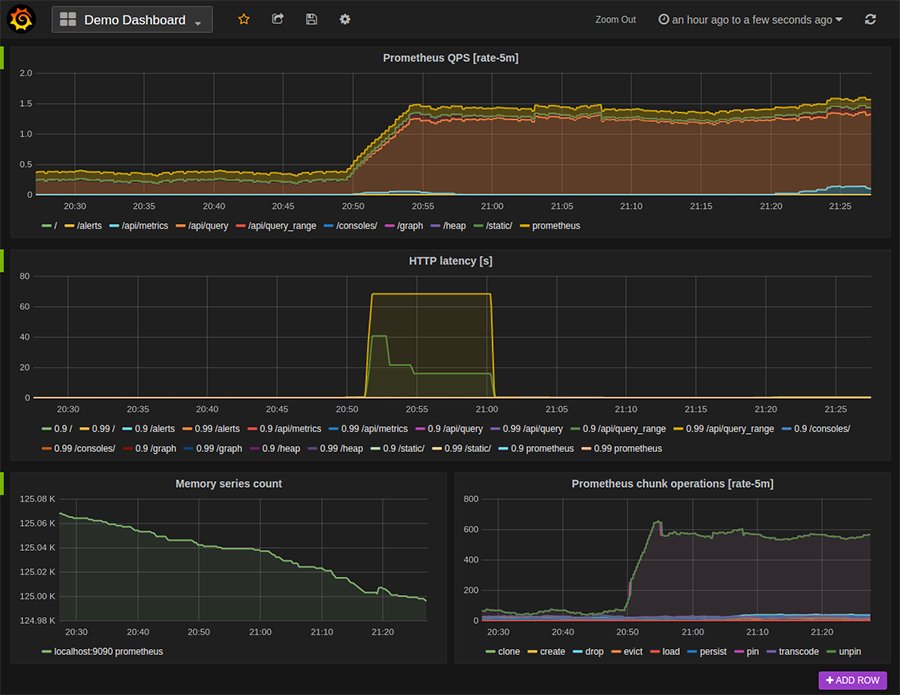
Evaluate Grafana vs. Kibana for IT data visualization TechTarget
Conclusion. So, whilst Grafana is a platform for visualizing and analysing time series data, Kibana is a tool for searching, analysing and visualizing data stored in Elasticsearch. Grafana is often used for monitoring purposes such as tracking server and application performance.
Grafana vs. Kibana How to Get the Most Out of Your Data Visualization
Grafana vs. Kibana COMPARISONS Aug 25, 2023 ∙ 11 min read MetricFire Blogger Table of Contents Introduction Key Takeaways Grafana Pros Cons Kibana Pros Cons The Difference Between Logs & Metrics Initial Setup & System Configuration Data Sources User authentication Alerts Querying Data Visualization Capabilities Community Uses & Functionality

Grafana vs. Kibana How to Get the Most Out of Your Data Visualization OverOps Blog
September 16, 2021 Grafana vs. Kibana: The Ultimate Data Visualization Showdown Data visualization has become an essential aspect of analyzing and understanding complex data sets. As a result, tools like Grafana and Kibana have gained popularity among data analysts and engineers.

Grafana vs. Kibana What are the differences?
When it comes to pricing, there's a big difference between Grafana and Kibana. Grafana is entirely free and open-source, while Kibana is part of the Elasticsearch stack, which means you need to pay for Elasticsearch to use Kibana. Elasticsearch pricing is based on a multi-tier model, with various pricing rates for different service levels.

Grafana vs Kibana le match des outils de visualisation IT
Kibana's search and visualization capabilities make it ideal for exploring and analyzing data, while Grafana's focus on metrics and dashboarding may not be as well-suited to this task. Data Visualization: If your goal is to create visually appealing and interactive dashboards, Grafana is the clear winner.

Grafana Vs Kibana All You Need to Know !!! Grafana Kibana YouTube
Kibana vs Grafana 1. Setup, Installation, and Configuration. Kibana: Kibana is part of the Elastic Stack, and its installation and configuration are often done alongside Elasticsearch. It has its configuration settings, and the setup process involves configuring connections to Elasticsearch indices. Grafana: Grafana is a standalone application.

Grafana vs. Kibana How to Get the Most Out of Your Data Visualization OverOps
Kibana vs Grafana vs Knowi are some of the common data visualization tools. In this article, we will do a three-way comparison between these tools to know where they stand with each other..

Grafana vs Kibana Beautiful data graphs and log analysis systems YouTube
Grafana and Kibana are two data visualization and charting tools that IT teams should consider. This in-depth comparison of Grafana vs. Kibana focuses on database monitoring as an example use case. The goal of such monitoring is to ensure that the database is tuned and runs well despite problems such as corrupt indexes.
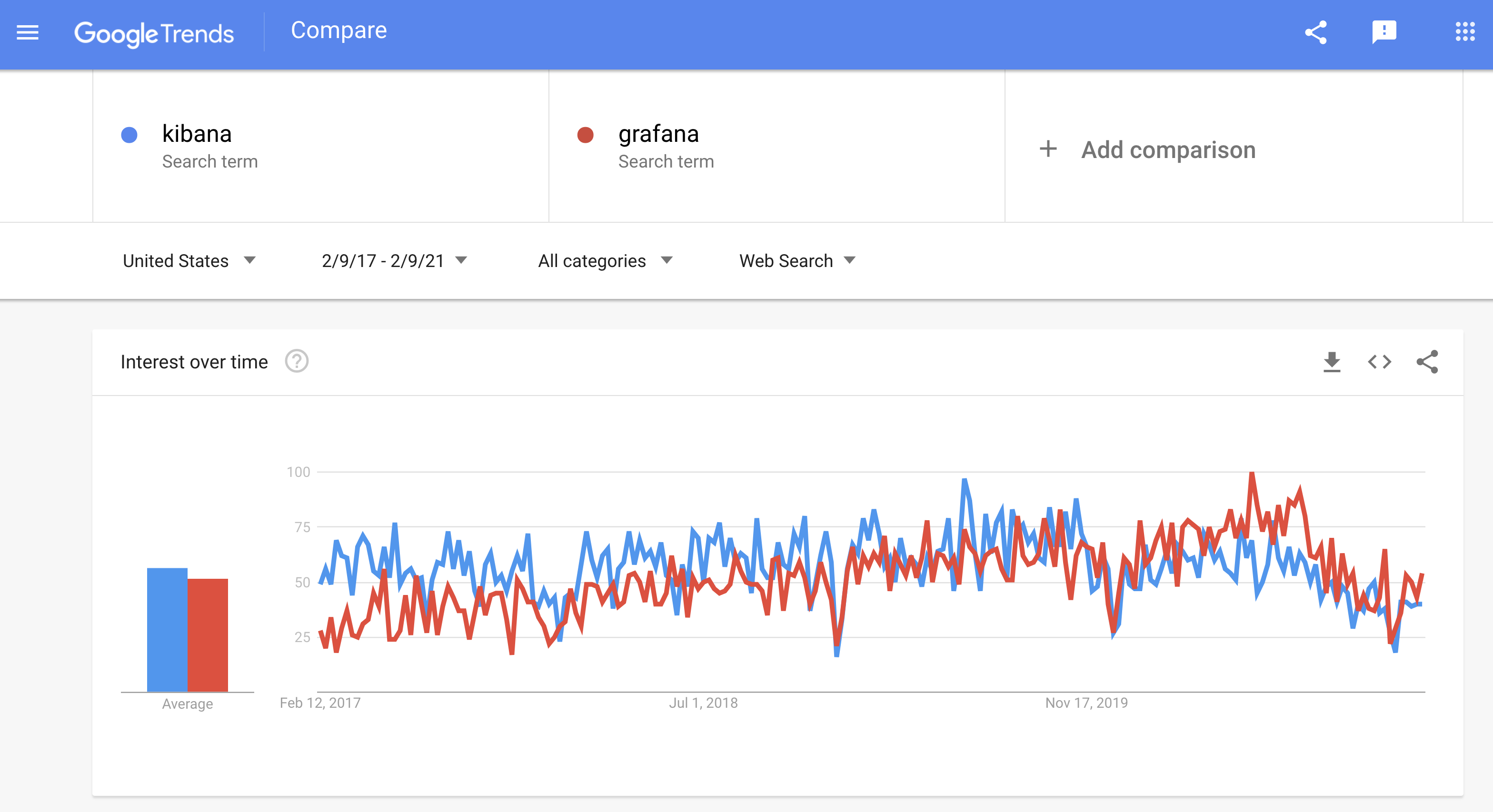
Grafana vs. Kibana The Key Differences to Know Logz.io
Grafana vs Kibana By Eleanor Bennett September 23rd, 2021 ELK 7 min read Last updated: March 15th, 2023 If you have any experience with comparing open source data visualisation tools then it is very likely you will have encountered both Kibana and Grafana during your research and discovery phase.
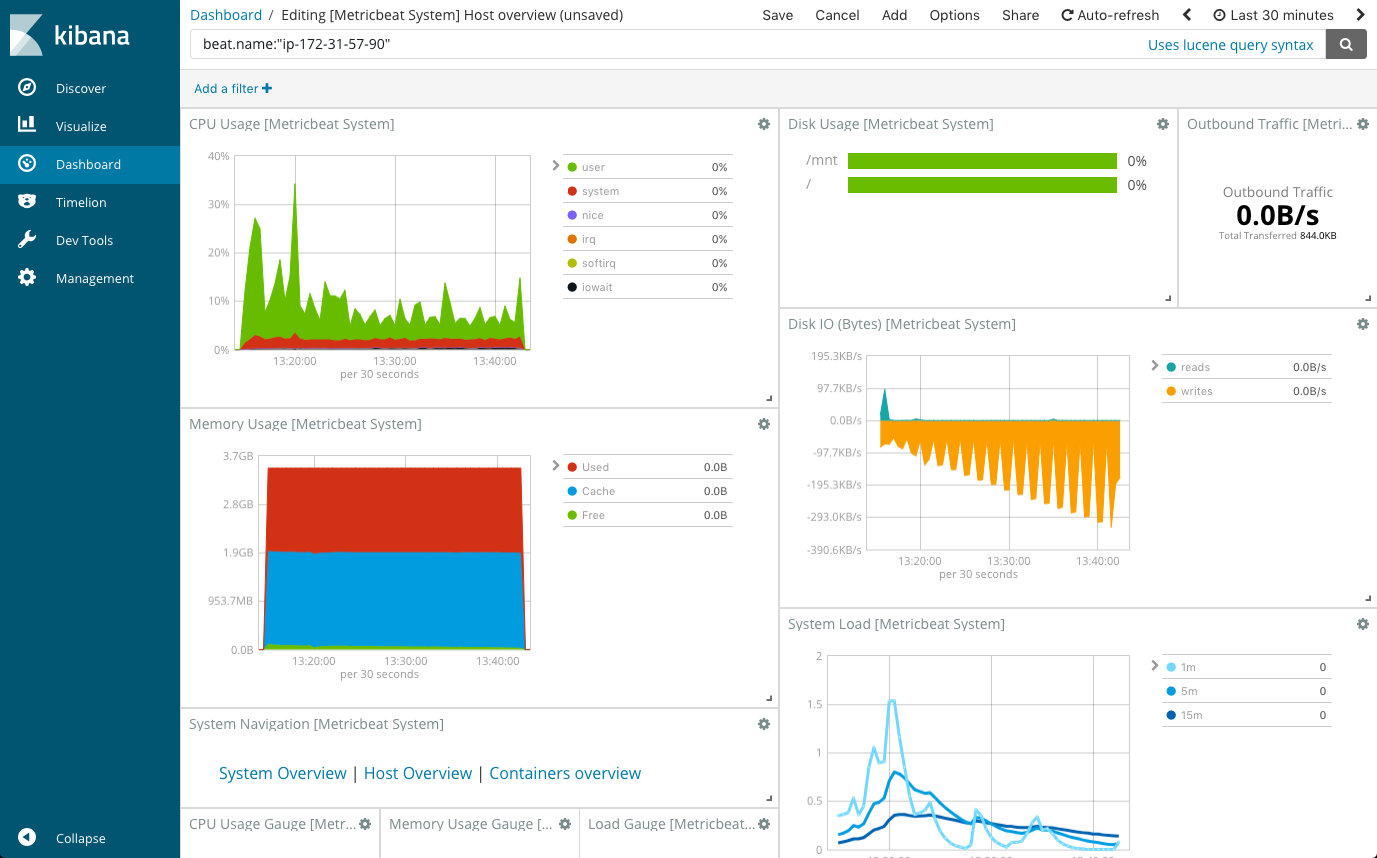
Grafana vs. Kibana The Key Differences to Know Logz.io
Both Grafana and Kibana are free and open source tools for analytics and data visualization. Let's begin by summarizing how they each function, and what they're most commonly used for. Grafana at the high level

Grafana vs. Kibana The Key Differences to Know Logz.io Understanding, Search term, Key
Grafana is designed to handle large-scale data visualization and processing. Kibana is designed for high performance and provides fast query response times, even for large datasets. Availability. Grafana provides high availability through clustering and replication.
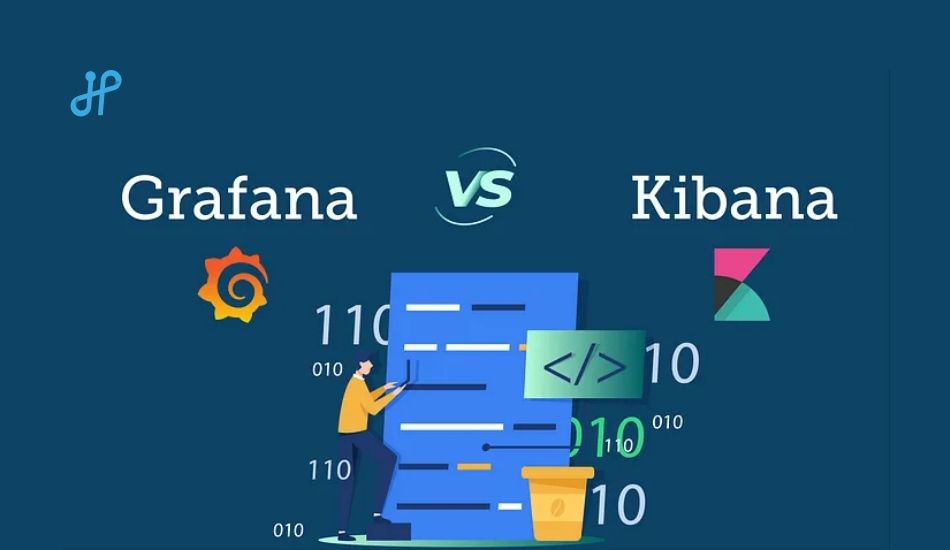
Grafana vs Kibana and the Use Cases linked to it
The difference between Kibana and Grafana lies in their genesis. Kibana was built on top of the Elasticsearch stack, famous for log analysis and management. In comparison, Grafana was created mainly for metrics monitoring supporting visualization for time-series databases.
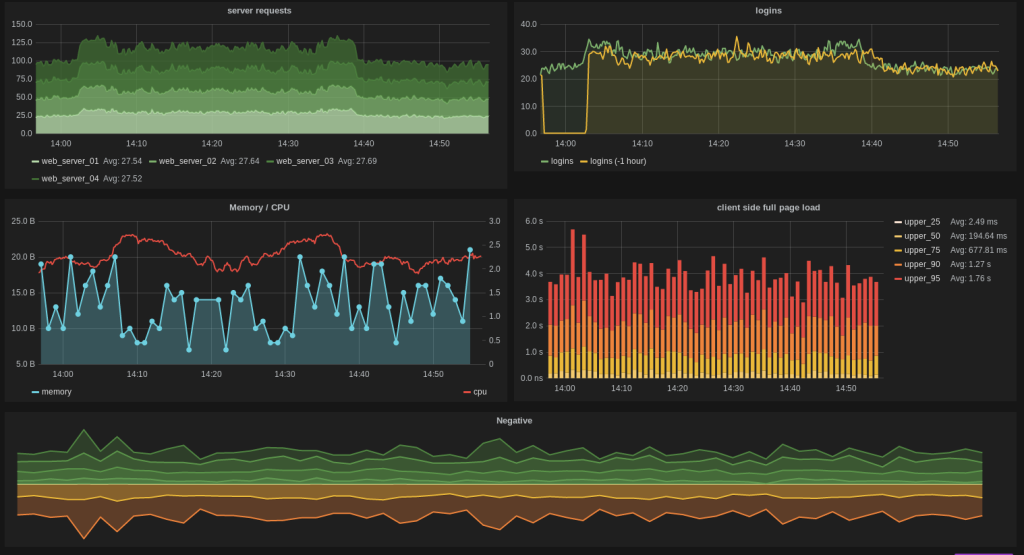
Grafana vs. Kibana The Key Differences to Know Logz.io
Grafana vs Kibana Read Courses Jobs It is very obvious that when working with millions or thousands of data, the process of data visualization makes a designer's job quite easy. Basically, visualization tools provide an easier way to create visual representations of large data sets. Both Kibana and Grafana are tools that have outstanding features.
Grafana vs. Kibana How to Get the Most Out of Your Data Visualization
1. Logs vs. Metrics (Logging vs. Monitoring) The key difference between the two visualization tools stems from their purpose. Grafana's design for caters to analyzing and visualizing metrics such as system CPU, memory, disk and I/O utilization. The platform does not allow full-text data querying.
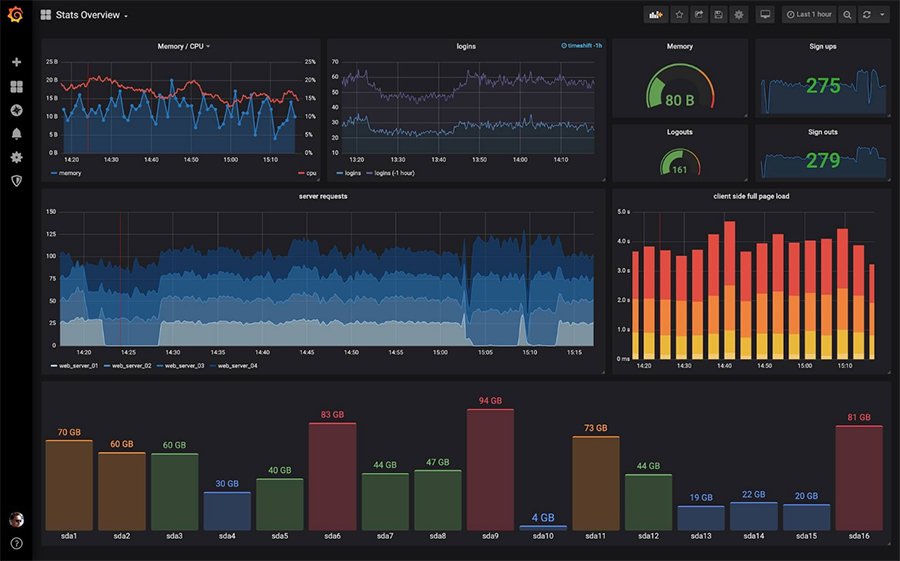
Grafana vs Kibana le match des outils de visualisation IT LeMagIT
Stacks 19.9K Followers 15.8K Votes 261 Add tool Grafana or Kibana - Help me decide By Alexey Klochay Context The observability of applications is an aspect growing in importance every day for software development teams. More observable applications result in improved the productivity of software teams and software organizations as a whole.